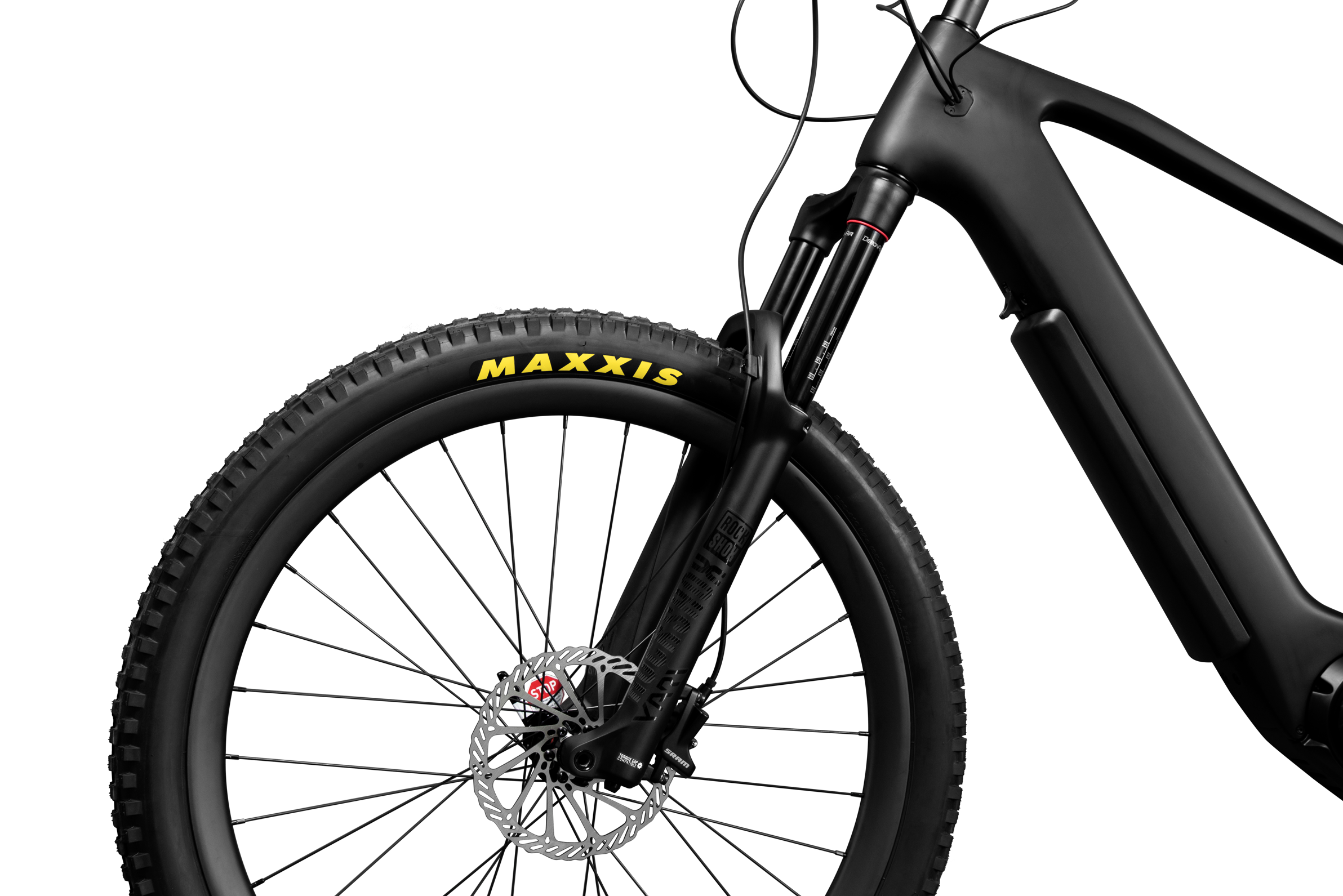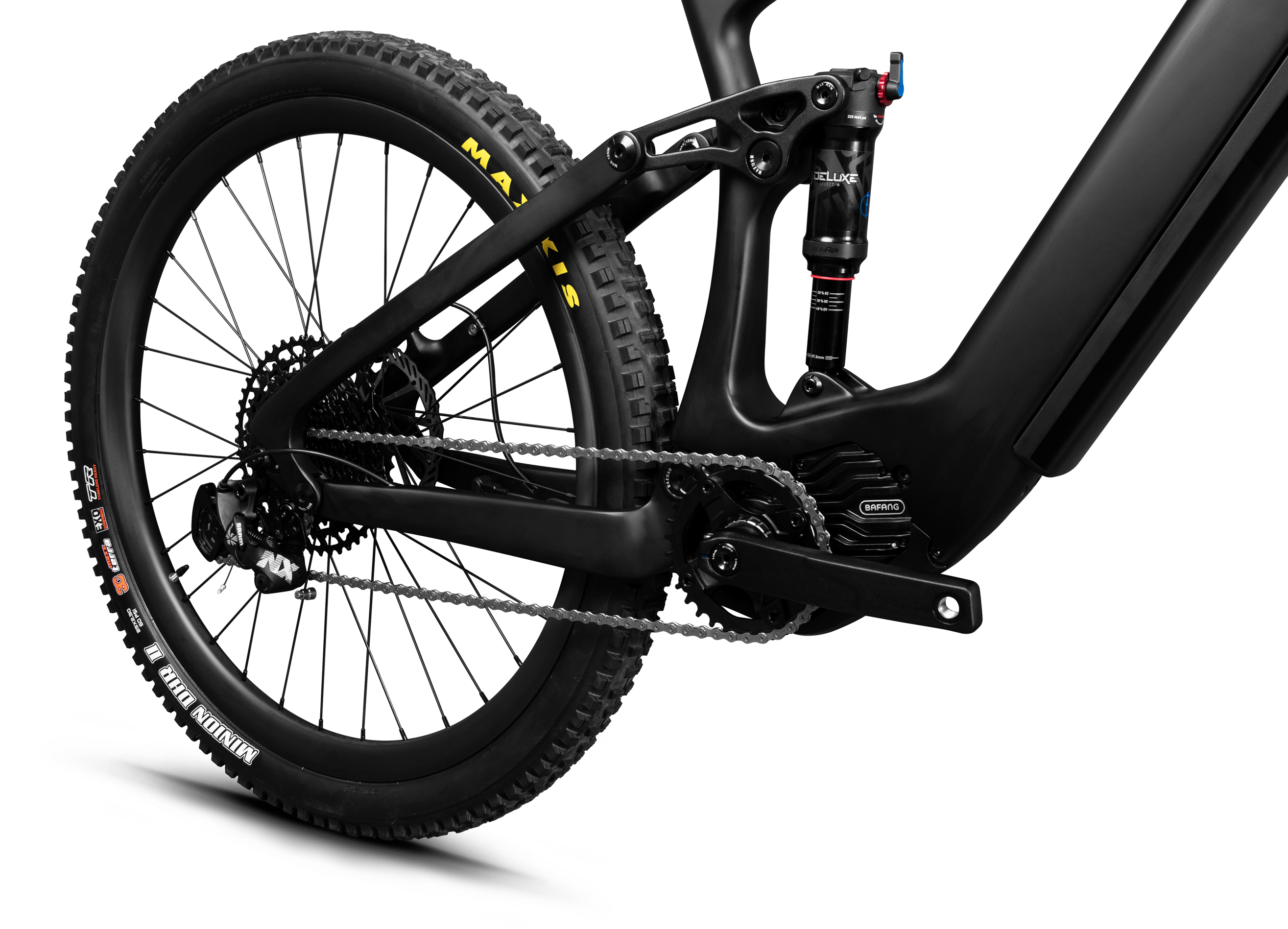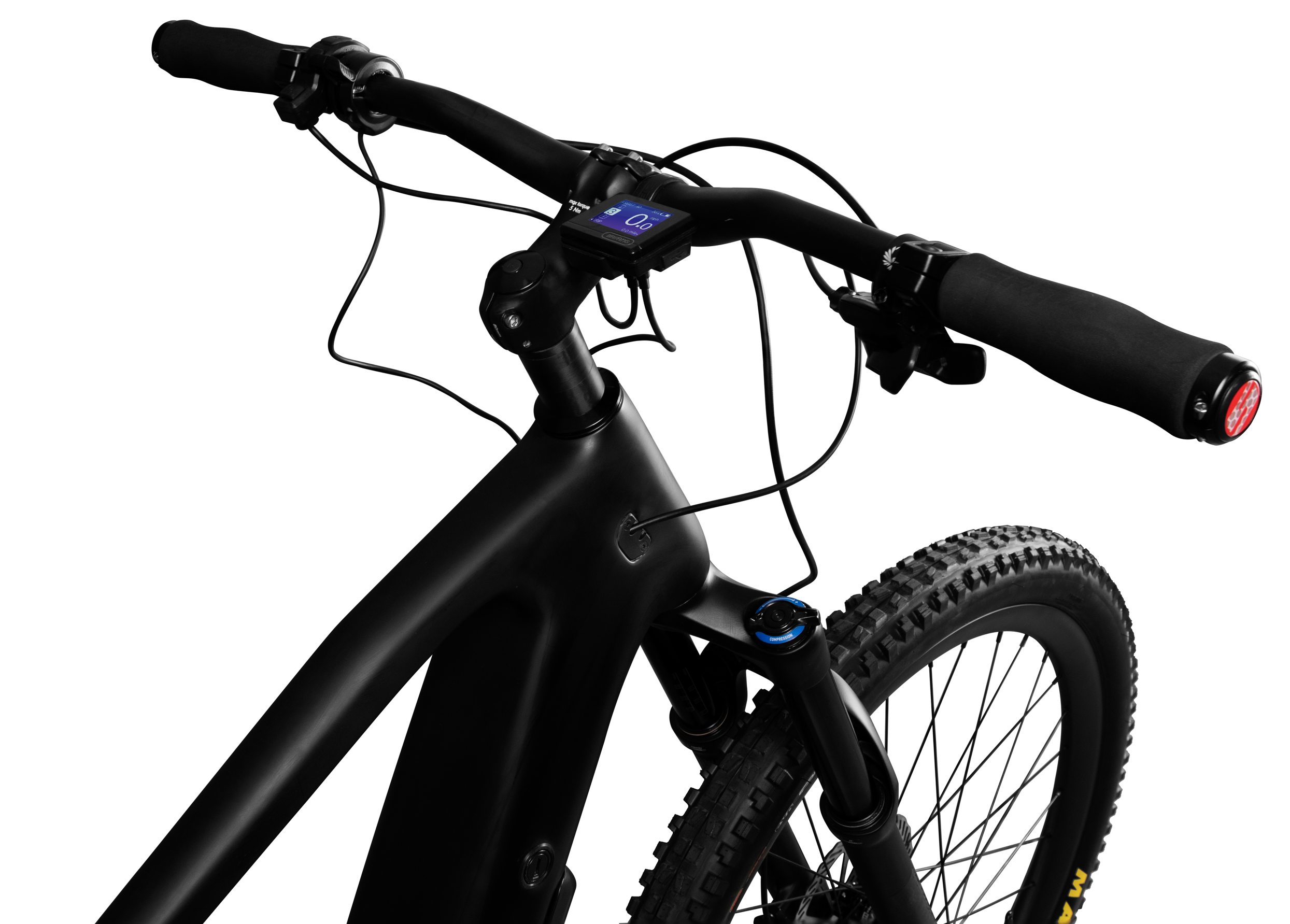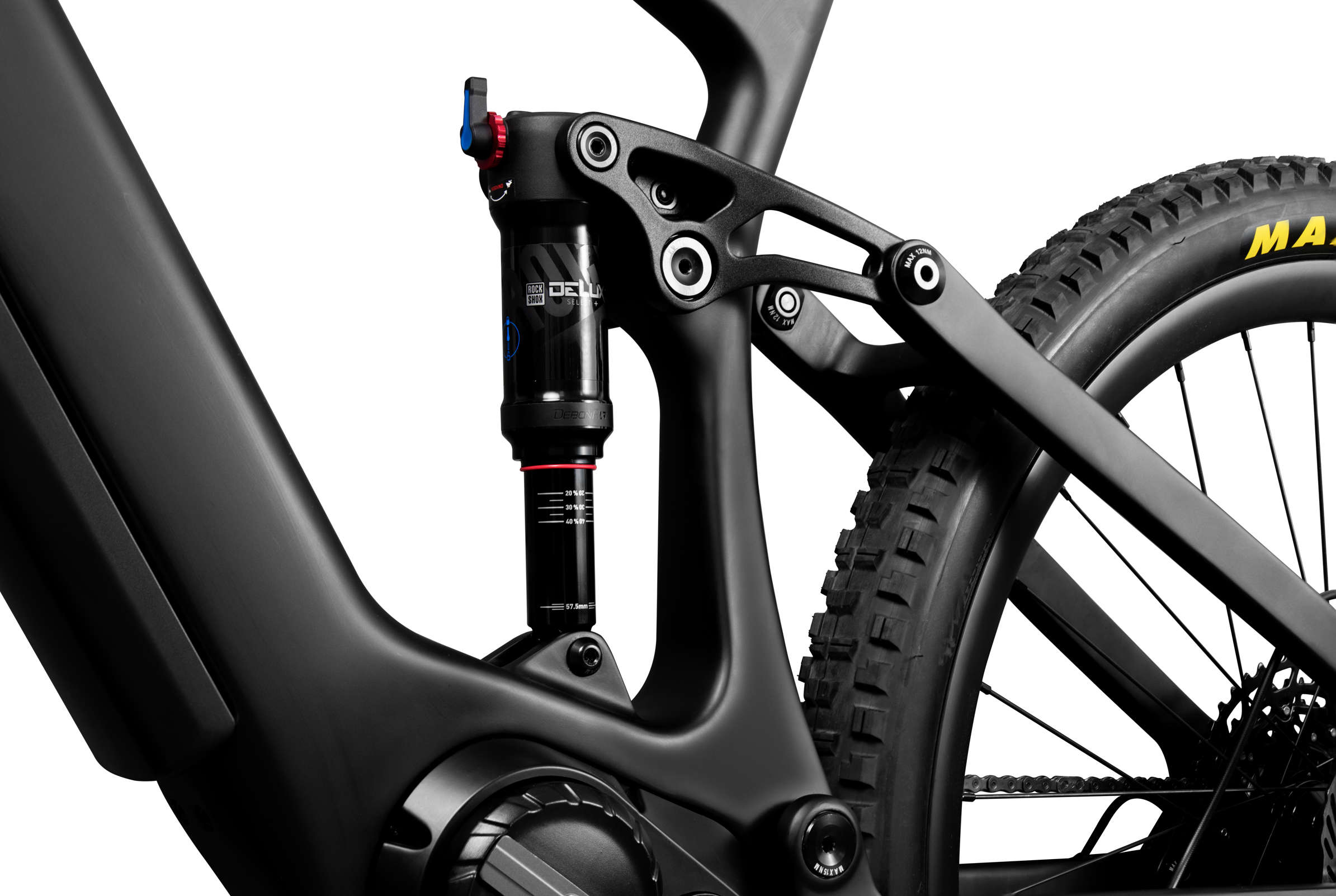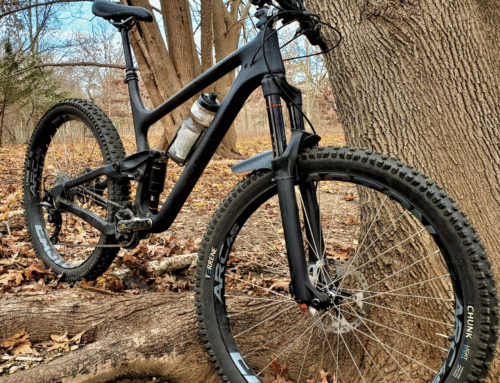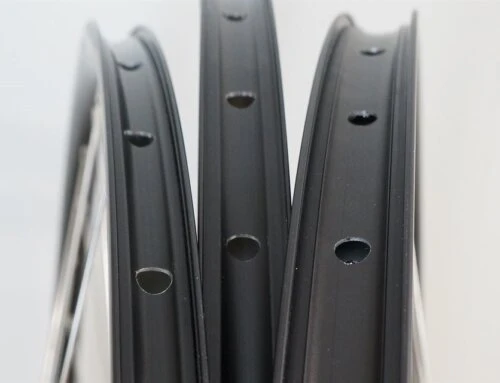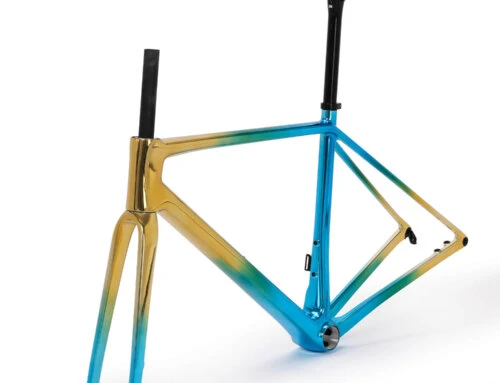7 Reasons Electric-Assist Mountain Bikes Are Gaining Popularity
If you’ve recently visited an off-road trail, you’ve likely noticed an increasing number of electric-assist carbon fiber mountain bikes (eMTBs). As a passionate advocate for eMTBs, I can’t overlook the fun they bring. Why are these once-ridiculed bikes growing in popularity? What’s changed in the mindset of mountain bikers? Let’s explore why electric-assist carbon mountain bikes are now so prevalent and how we got here.
1. They’re Incredibly Fun
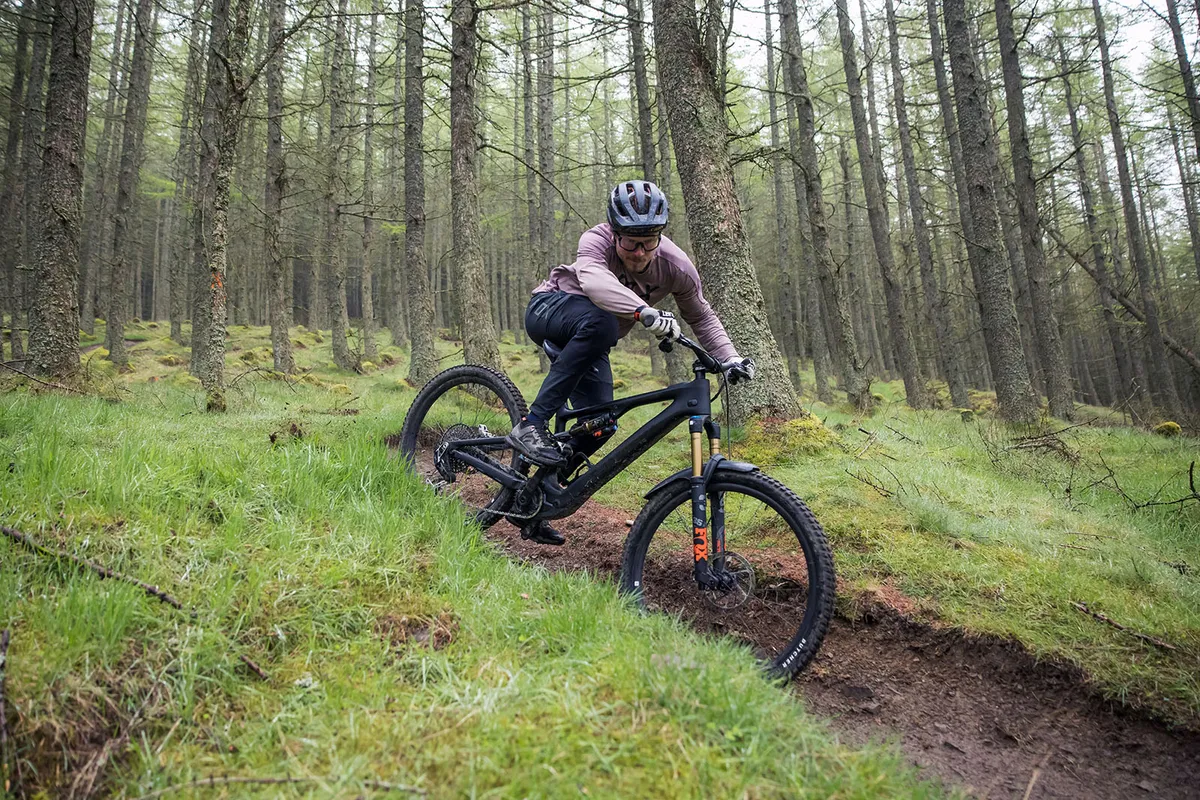
If you’ve ever ridden an electric-assist mountain bike, you know how exhilarating it is—like having an extra leg to power you further. Modern eMTBs are versatile, with long-travel models that can keep up with traditional endurance bikes on descents. They also open new opportunities for riders who may be limited by health conditions or age, making trails accessible to more people.
2. They’re Becoming More Affordable
While bicycle prices continue to rise, the cost gap between carbon eMTBs and traditional mountain bikes is narrowing, significantly lowering the barrier to owning an eMTB. For example, the top-tier Orbea Rallon M-LTD endurance bike is priced at £11,399, only £600 more than the similarly specced eMTB Wild M-LTD, both offering comparable downhill performance. This trend is evident across the market.
3. High-End Models Are More Advanced

High-end carbon eMTBs are better than ever. As demand grows, brands are expanding their product lines. For instance, the ICAN Full Carbon E-bike MTB Frame – E04 is crafted from Toray T700 carbon fiber, optimizing strength and weight efficiency. It supports tire sizes of 27.5 x 3.0″ and 29 x 2.3″, catering to diverse riding preferences. With 150mm of balanced travel in both the front and rear, it ensures a stable and comfortable ride across various terrains. This frame features a SRAM Delux rear shock (20557.5mm), an FSA No.57 headset, a 31.6mm seatpost, and a 12148mm rear axle for robust performance. Powered by the Bafang M600 assistance system with a 34T crankset, it weighs approximately 3580±50g (16″ size), making it ideal for efficient trail riding. While some carbon eMTBs remain expensive, efforts are underway to introduce more affordable models like the E04.
4. They No Longer Look Like Electric Bikes
Modern electric-assist mountain bikes are increasingly indistinguishable from non-assisted bikes. Most carbon eMTBs integrate the battery into the downtube and neatly mount the motor at the bottom bracket. Coincidentally, non-assisted mountain bikes have evolved with wider downtubes and increased rigidity. For example, Scott’s electric-assist Lumen features an integrated rear shock design, making it nearly identical to the non-electric Spark model unless closely inspected. This allows riders to enjoy eMTBs without feeling self-conscious about their choice.
5. Modern Motors Are Smarter
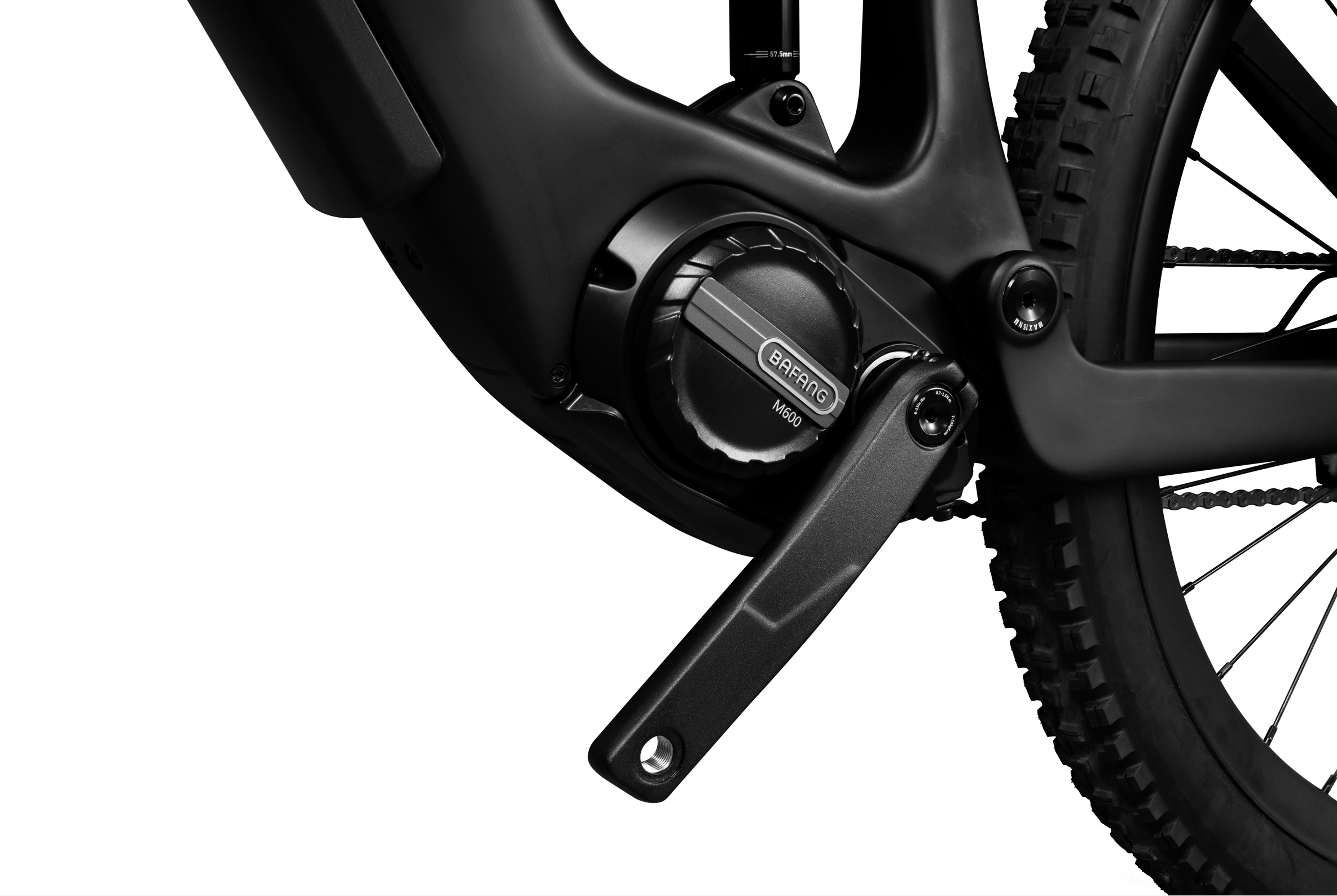
Early eMTB motors could feel unresponsive, but modern motors deliver a seamless and natural riding experience. Improved electronic drive systems synchronize better with rider input, engaging and disengaging smoothly for a more intuitive feel. Today’s motors are more powerful, smoother, and quieter, elevating the riding experience to new heights.
6. Larger Battery Capacity, Smaller Size
Advancements in battery technology are a key driver of electric mountain bike popularity. Next-generation batteries offer:
-
Higher Capacity: For extended range.
-
Shorter Charging Times: For convenience.
-
Smaller, Lighter Designs: Reducing range anxiety and enhancing ride enjoyment.
Some lightweight full carbon electric mountain bike feel remarkably similar to the latest endurance models, allowing riders to tailor their gear to their desired mileage, especially in lightweight full-carbon eMTB designs.
7. Peer Influence
If your friends are riding eMTBs, you might feel left out without one. On long climbs, your electric-assisted friends may leave you struggling to keep up, casually chatting to highlight their ease—or both. Mountain biking, whether assisted or not, is about riding with friends. While the first person in your group to switch to a carbon eMTB might be seen as a “traitor,” it won’t be long before others recognize the clear advantages and make the switch too.
Conclusion
Electric-assist carbon mountain bikes are transforming the mountain biking scene with their fun, affordability, advanced designs, discreet aesthetics, smarter motors, improved batteries, and social appeal. As technology continues to evolve, eMTBs are becoming an increasingly compelling choice for riders of all levels, reshaping the trails and the biking community.



